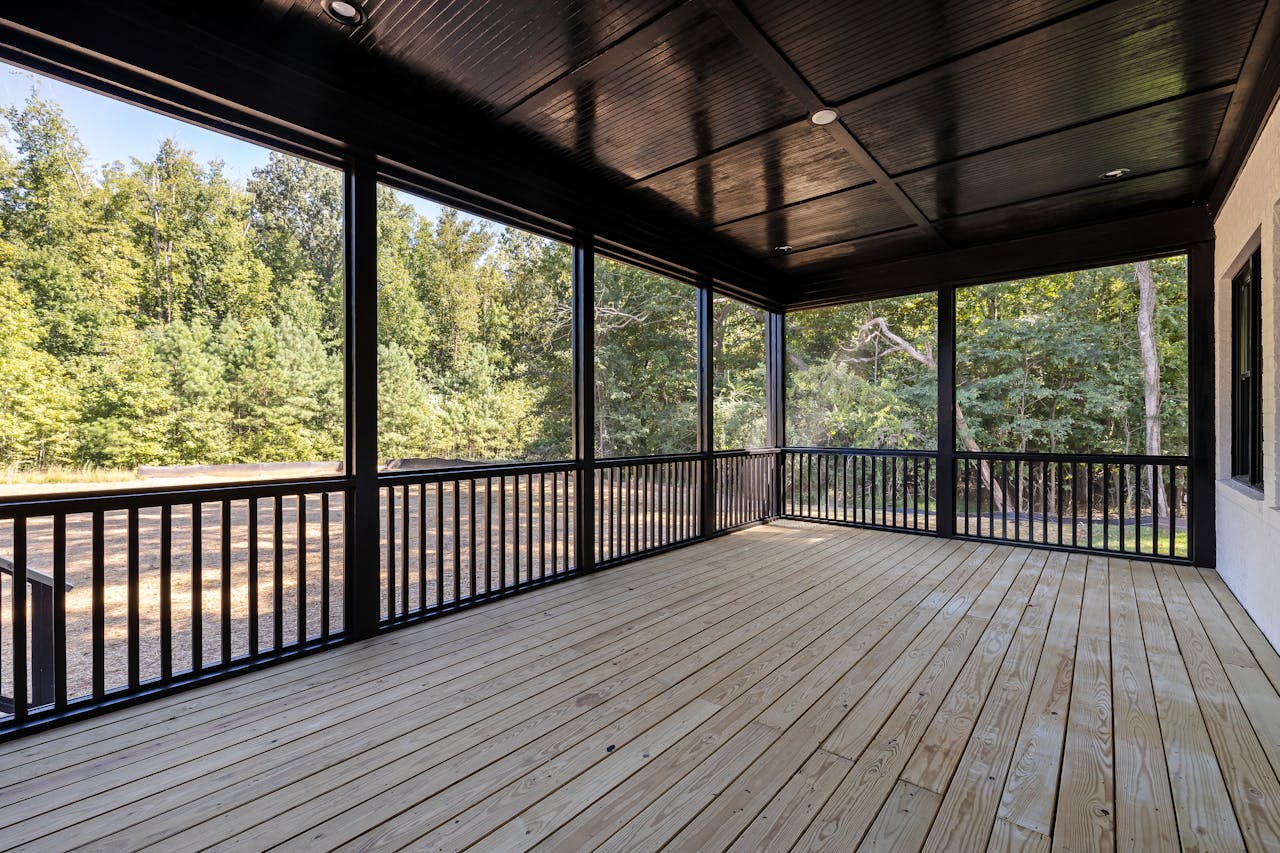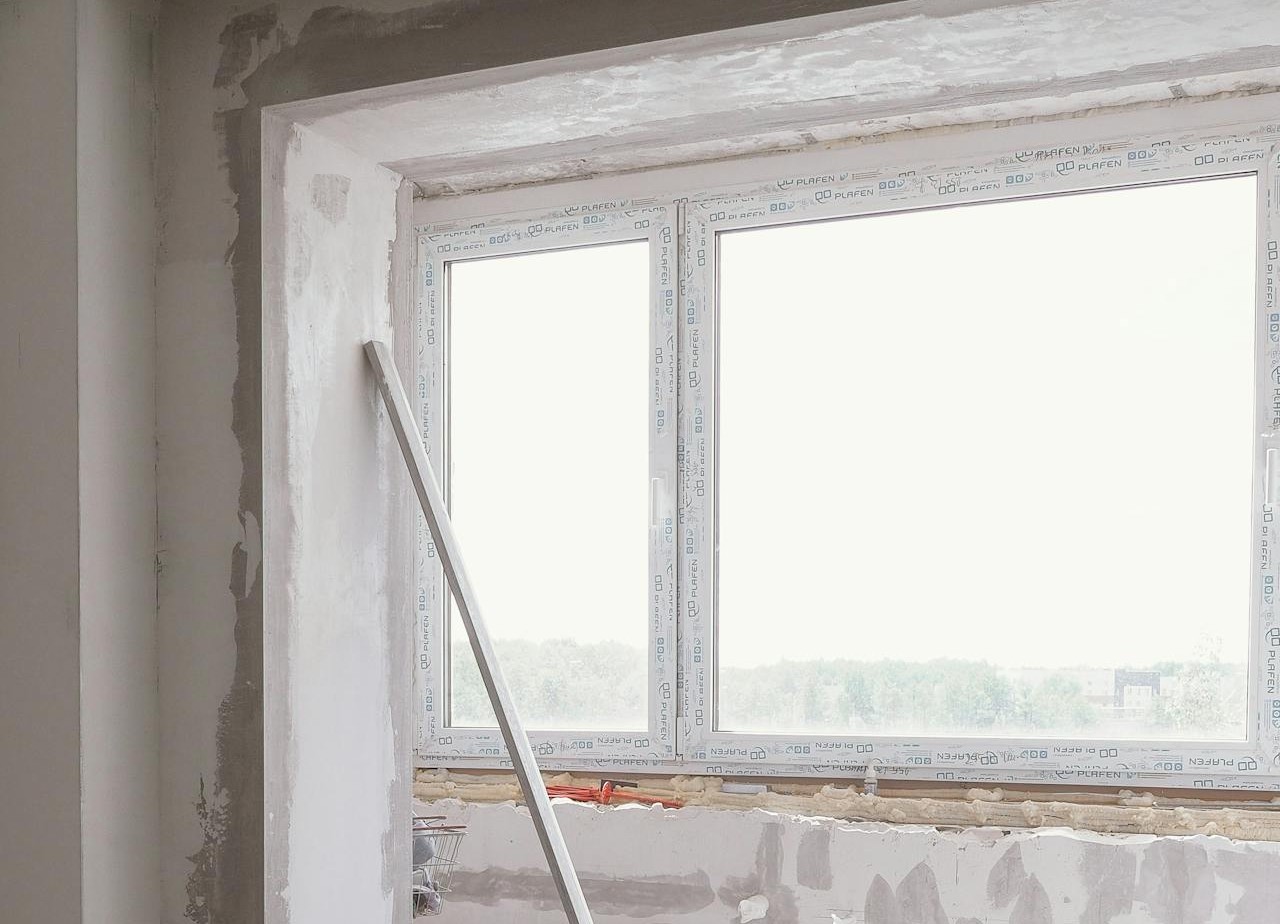Home upgrades feel simple until codes, zoning, and utility rules step in. Cities care about safety. Neighbors care about runoff and sightlines. Historic boards care about facades. Permits exist to make those interests meet. The surprise is how often small fixes trigger big rules: a fence a foot too high, a water heater swap without paperwork, a deck that nudges a setback. Knowing the lines protects budgets and keeps projects moving without a stop order on the door.
Finishing A Basement Without Egress

Turning a basement into living space sounds easy, but sleeping areas need egress windows sized for escape, not just light. Codes also require detectors, dedicated circuits, and minimum ceiling heights. Without those, a remodel can draw fines and a demand to undo work. Insurance claims may stumble later. Permits verify the plan and inspections confirm clearances, which is cheaper than cutting a new window after drywall, trim, and flooring have already gone in.
Building A Deck Or Shed In A Setback

Ground level decks and sheds often drift into required side or rear setbacks. Corner lots add visibility triangles near streets. Size thresholds trigger permits, and height rules change with sloped yards. Inspectors look for footings, railing heights, and ledger attachment. A current survey or plot plan keeps posts where they belong and avoids a teardown notice after a neighbor complaint. A small shift on paper beats moving joists after concrete cures.
Replacing Windows In A Historic District

New windows that change grille patterns, frame profiles, or materials can violate local historic guidelines even if openings stay the same. Many districts require review boards to approve any street visible change, including paint colors. Swapping wood for vinyl without signoff is a common fine. Energy upgrades still happen, but approvals steer toward historically appropriate looks. Photos and spec sheets with a short application turn conflict into a quick yes.
Cutting Down A Street-Facing Tree

Mature trees along sidewalks often fall under city protection, and many towns regulate removals on private lots based on trunk size or species. Taking one down without a permit can trigger hefty fines plus a mandated replacement plan. An arborist can document disease or hazard conditions and navigate approvals. Calling before cutting protects shade, property values, and the budget that pays for stump grinding, replanting, and potential penalties.
Fences Too Tall Or Facing The Wrong Way

Front yard fence limits are usually lower than rear yard rules, and codes often require the finished side to face outward. Corner lots add sightline limits near driveways and intersections. Building over a utility easement invites future removal at the owner’s expense. Survey flags beat guesswork, and a simple sketch submitted for review keeps posts within bounds. A small change in height or placement now avoids a full redo later.
Driveway Widening And New Curb Cuts

Adding concrete, pavers, or an extra curb opening often needs a permit because sidewalks, drainage, and trees live in the public right of way. Cities want runoff handled and slopes kept accessible. Unpermitted work can lead to fines and a forced demolition and repour. A site plan, bond, and approved contractor list usually clear the path. The paperwork also protects against liability if a passerby trips on a non compliant apron.
Swapping A Water Heater Or HVAC

Like for like replacements still touch gas, flues, wiring, and condensate drains, which is why permits and inspections are common. Venting rules change with new models, and missing expansion tanks or seismic strapping draw correction notices. DIY relief valve missteps are dangerous. A quick permit keeps warranty coverage clean and confirms combustion air, disconnects, and clearances meet code before the inspector signs off and the unit runs hard.
DIY Electrical Panels And New Circuits

Adding a subpanel, replacing a main, or running new kitchen and bath circuits without a permit risks fines and fire. Arc fault and ground fault rules evolve, and improper bonding or undersized conductors fail inspection fast. Labeling, working clearances, and grounding electrodes matter as much as amperage. Pulling a permit brings a second set of eyes before walls close, and clean records keep future buyers from walking during escrow.
Roofing Overlays And Right-Of-Way Bins

Some places allow one extra shingle layer; others require a full tear off. Exceeding limits adds weight and invites moisture problems that inspectors flag with penalties. Street dumpsters and portable toilets may also need right of way permits with barricades and reflectors. Delivery timing and no parking signs can be part of approval. One call prevents tickets on the bin and a stop order in the middle of a tear off.
Short-Term Rentals Without Registration

Listing a spare room or entire home can violate local zoning or occupancy limits. Many cities require business licenses, hotel or occupancy taxes, and a primary residence test. Quiet hours, trash plans, and parking conditions are often baked in. Operating without paperwork risks large daily fines and platform delisting. Registration aligns expectations with neighbors and hands guests clear rules that keep the block rested and friendly.
Grading Yards And Irrigation Backflow

Regrading a lawn to fix puddles can push runoff onto a neighbor’s lot or a sidewalk, triggering stormwater violations. Irrigation systems that tie to drinking water need backflow preventers tested annually in many areas. Skipping permits or tests can generate citations and shutoffs. A drainage sketch with swales and approved discharge points keeps water moving where it should. Backflow tags and test reports keep the sprinkler switch in the safe position.
Solar, Siding, And HOA Design Rules

Even small exterior changes can collide with homeowners association guidelines or municipal design standards. Panel placement, conduit color, and glare studies may be required. Siding swaps that alter textures or trim profiles can need approval. Ignoring those layers invites fines and forced changes. Submitting color chips, layout diagrams, and a tidy scope earns faster yes answers. The bonus is smoother resale because records show work matched written rules.


